Here’s a fun fact to start: did you know that about three-quarters (75 %) of the world’s flowering plants depend on animal pollinators like bees, butterflies, bats, flies, and birds — and similarly, roughly 35 % of our food crops rely on them to produce? The connection between pollinators and what ends up on our plates is far more intimate than most of us realise. But here’s the scary part: those pollinators are disappearing. And with them, the foundation of our food security is trembling.
When I say “Vanishing Pollinators, Vanishing Food,” I’m not being dramatic — I’m issuing an alarm. If bees, butterflies, moths, bats, and other pollinating creatures continue to decline at the current rates, many of the foods we take for granted—fruits, vegetables, nuts, even the spices and flavours—could become scarcer, more expensive, or worse, disappear from many diets entirely. This isn’t just an ecological issue—it’s a human one. Food security, nutrition, income, culture—all tied to tiny wings and busy foragers.
Why Pollinators Matter More Than We Realise
Biodiversity & Ecosystems: Pollinators are central to ecosystems. They help plants reproduce, which means fruit, seeds, and next generations of plants. Without them, many plant species would struggle.
Food & Nutrition: Beyond just quantity, pollinators affect quality—taste, shape, shelf life. A global meta-analysis of nearly 200 studies showed that animal pollination improves the appearance and longevity of fruits and vegetables.
Economic Value: Many crops that rely on pollinators are also important income sources. Coffee, cocoa, nuts, many fruits—decline in yields here does not just mean less food; it means less livelihood.
What Is Causing Pollinators to Decline?
Let’s be direct: humans are largely to blame. Multiple overlapping threats are pushing pollinator populations downward.
Habitat loss & land-use change
Forests cleared, wild meadows replaced by monocultures, hedgerows removed—all reduce the floral variety and nesting sites that pollinators need.
Pesticides & chemical stressors
Neonicotinoids (a class of insecticides), fungicides, and combinations of chemicals—all have shown harm to bee health, navigational ability, and reproductive capacity.
Climate change
Changes in temperature, rainfall patterns, increased droughts, and mismatches between when flowers bloom vs when pollinators are active are wreaking havoc. In tropical regions, especially, warming plus habitat reduction has been linked to massive declines in pollinator insects.
Diseases, invasive species, and pollution
Pathogens moving across managed and wild populations, invasive species (including invasive pollinators or predators), light pollution, and microplastics are emerging threats.
Overdependence on managed pollinators
We often think of honeybees as the solution. But relying too much on them—poor genetic diversity, transport stress, disease—creates vulnerabilities. Managed bees may even outcompete wild pollinators or transfer disease.
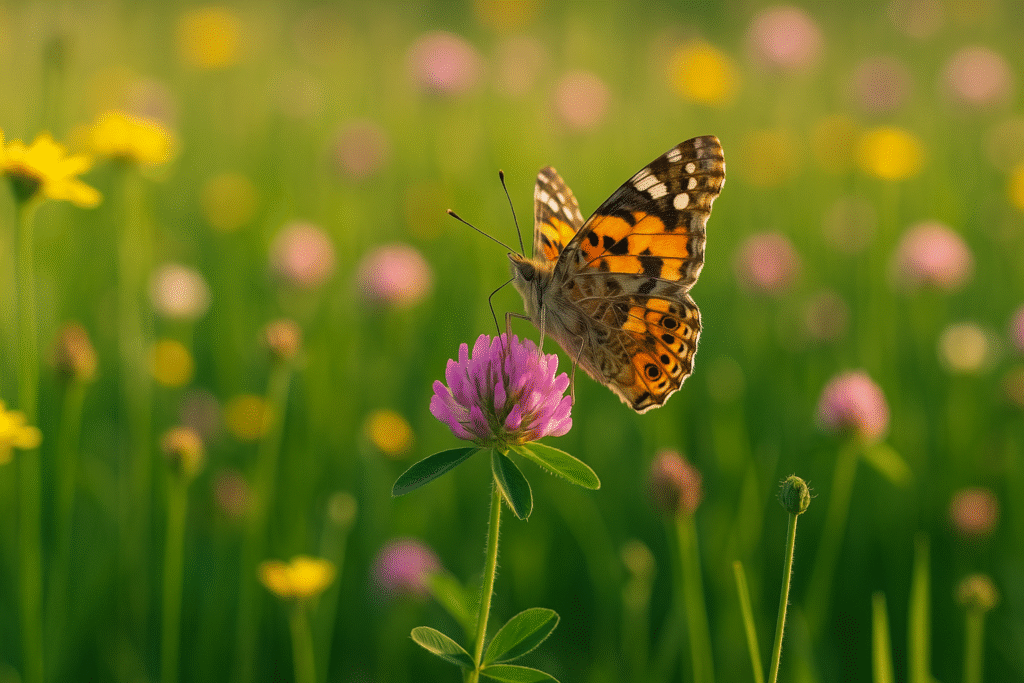
What Happens If Pollinators Continue to Disappear?
Let’s draw a picture of a possible future, not sci-fi, just projected from current trends.
Crop yield drops: Many staples like rice, wheat, and maize are safe because they are wind/self-pollinated. But many nutrient-rich foods (fruits, vegetables, nuts) will suffer—loss in both quantity and quality. Studies estimate yield losses of around 5–8% if pollinators vanish.
Nutritional deficits: Less access to fruits, vegetables, and nuts leads to losses in essential micronutrients like vitamins and antioxidants.
Economic hardship: Farmers relying on pollinator-dependent crops suffer, and export economies (coffee, cocoa, fruits) lose revenue.
Food prices rise: Supply drops lead to higher costs, especially hitting poorer consumers.
Loss of taste, variety & culture: Some foods are pollinator-dependent not just for yield but also for flavour, aroma, and cultural traditions. Losing those is cultural loss as much as nutritional.
Case Studies & Anecdotes
Tropical crops in danger: Regions like India, Indonesia, Brazil, and sub-Saharan Africa face especially severe risks because crops like coffee, cocoa, and mangoes depend heavily on insect pollinators.
India’s pesticide problem: Studies from Uttarakhand show neonicotinoid pesticides are driving honeybee decline.
Insect biomass collapse: In Colorado’s remote meadows, flying insect biomass dropped ~72 % over two decades, even without large farms nearby—proof that climate change is a driver.
Flowering plant competition: On an Italian island, honeybee hives boosted honey but caused wild pollinators to collapse by ~80 %. Closing the hives briefly restored wild pollinator activity.
What Can Be Done – Solutions & Hope
Yes, this is serious. But there are things we can do.
Promote pollinator-friendly farming: Reduce pesticide use, adopt integrated pest management, create flower strips, and encourage crop diversity.
Protect and restore habitats: From wildflower meadows to forest edges, even small habitat patches make a difference.
Support wild pollinators: Don’t just focus on honeybees—native bees, butterflies, moths, and flies are equally crucial.
Local community involvement: Gardeners, farmers, urban planners—all can plant pollinator-friendly plants and reduce chemical usage.
Policy & regulation: Ban or restrict harmful pesticides, and incentivise sustainable agriculture.
Research, monitoring & awareness: More tropical data, tracking populations, assessing emerging threats, and public education campaigns.
Conclusion
Here’s the punchline: when pollinators vanish, food vanishes too—not all of it, but the colour, taste, nutrients, variety, affordability, culture. Vanishing Pollinators, Vanishing Food is not a catchy title for nothing—it’s a sad truth if we do nothing.
It’s time for us to demand change: in agriculture, policy, and consumer habits. Every one of us can make decisions—what to plant, what to buy, what to support. Let’s not wait until pollinators are too few to restore. Because once they are gone, bringing them back will cost more than we will be able to pay.
Author’s Note
I write this not to frighten, but to awaken. As someone who cares about food, nature, and what our children will eat, I believe that protecting pollinators is one of the small, hopeful fights we still can win. It will take conscience, policy, and action—but it is not too late.
G.C., Ecosociosphere contributor.
References and Further Reading
- Protecting Pollinators Critical to Food Production — U.S. National Institute of Food and Agriculture
- How much of the world’s food production is dependent on pollinators? — Our World in Data
- Global meta-analysis shows reduced quality of food crops through pollinator decline
- Pollinator Decline: Implications for Food Security & Environment — Scientia
- Warming and habitat loss shrink pollinator numbers — AP News
- Bees face new threats from wars, street lights and microplastics — The Guardian
- Pesticides put pollinators at risk, threaten global crop yields — Times of India
- Insects are vanishing: population drops by 72% — Times of India
- Honeybee hives on Tuscan island cause wild pollinator collapse — The Guardian
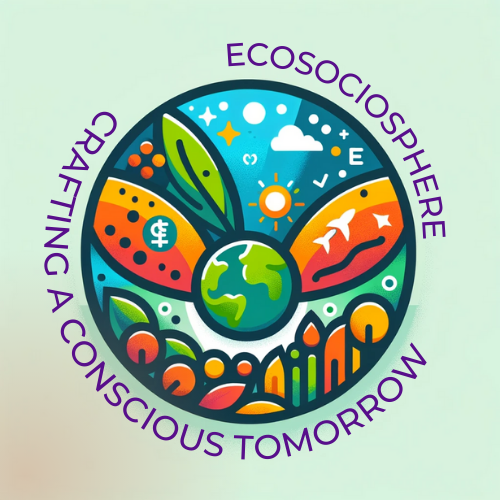
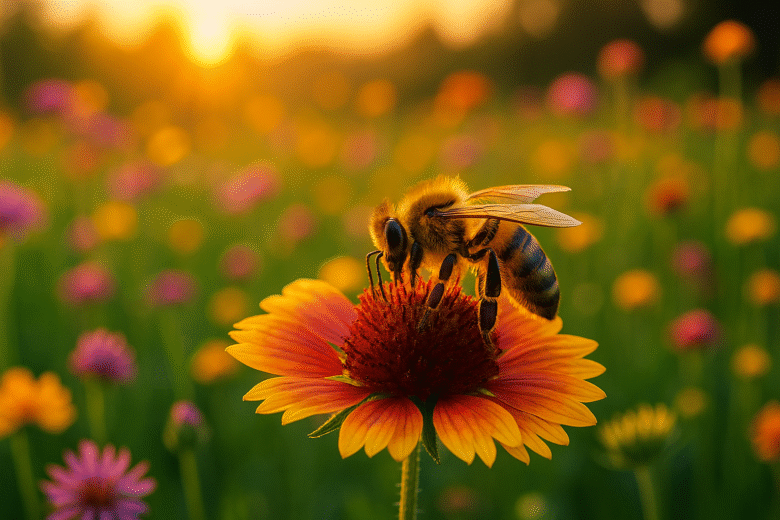
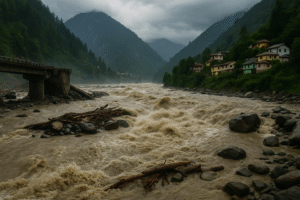
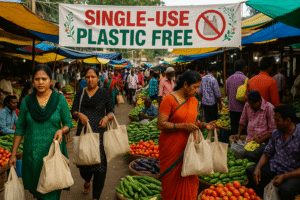
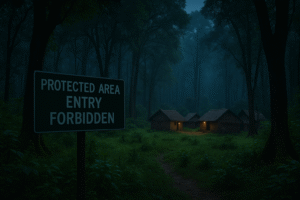
Comments
You got a very fantastic website, Glad I found it through yahoo.